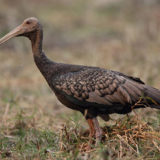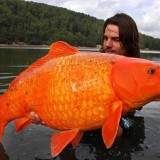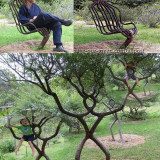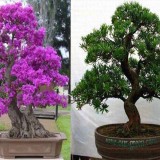Horseshoe crab
Horseshoe crab, marine arthropods of the family Limulidae
Horseshoe crabs are arthropods that live primarily in and around shallow ocean waters on soft sandy or muddy bottoms. They will occasionally come on shore for mating. They are commonly used as bait and in fertilizer, and in recent years there has been a decline in the number of individuals, as a consequence of coastal habitat destruction in Japan and overharvesting along the east coast of North America. Tetrodotoxin may be present in the roe of species inhabiting the waters of Thailand. Horseshoe crabs are considered living fossils. They look little big but horseshoe crabs are not dangerous. The horseshoe crab’s central mouth is surrounded by its legs. Horseshoe crabs feed mostly at night and burrow for worms and mollusks.
They will, however, feed at any time. And when we came to the eggs of horseshoe crabs:- they are important food for migratory shore birds that pass over the Delaware Bay during the spring mating season. Fish also eat the juveniles or recent molts. In the 1900s, horseshoe crabs were dried for use as fertilizer and poultry food supplements before the advent of artificial fertilizers. Medical: and when we came to The medical profession uses an extract from the horseshoe crab’s blue, copper-based blood called lysate to test the purity of medicines. Certain properties of the shell have also been used to speed blood clotting and to make absorbable sutures.












